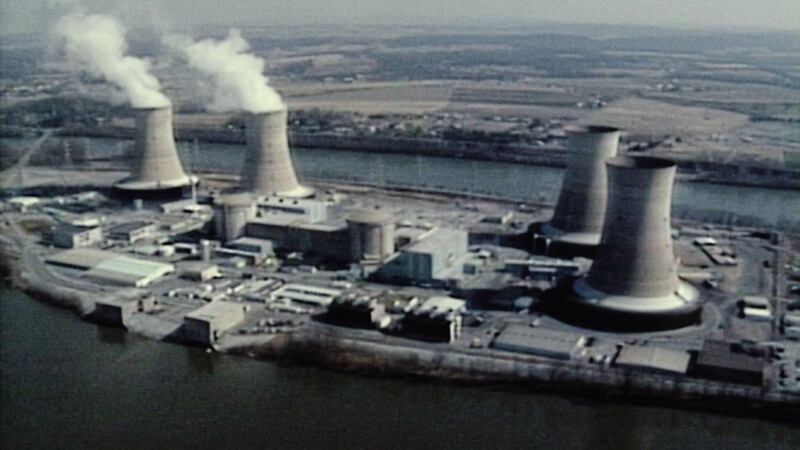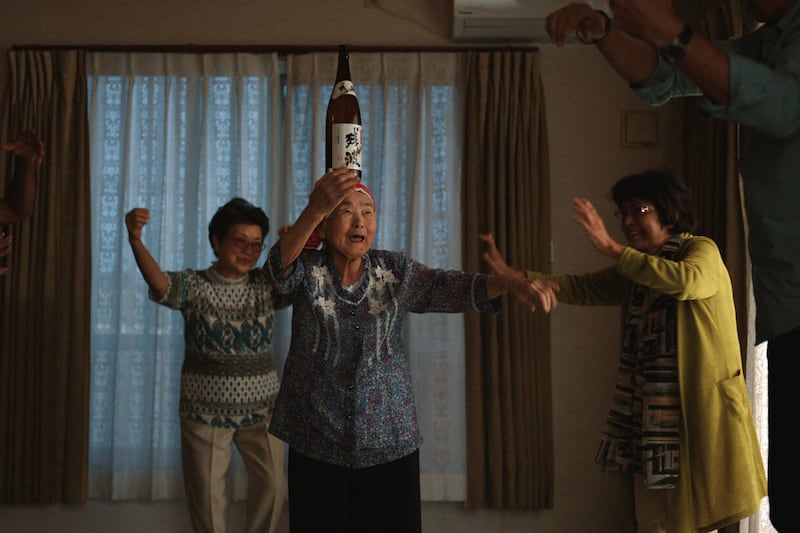Meltdown: Three Mile Island, Netflix
If you were one of the millions who enjoyed Chernobyl, Meltdown will be right in your reactor zone.
This Netflix four-part documentary tells the story of the worst nuclear incident in the US, at Three Mile Island, Pennsylvania in 1979.
At the time, nuclear power was being viewed as part of the answer to the world’s energy problems, just like now.
The push to nuclear then was brought about by the oil crisis of 1973/4 when the world was plunged into recession as the petroleum producing nations of the Middle East restricted supply, leading to a tripling of prices.
By the late 1970s there were 72 nuclear reactors producing electricity in the US, controlled by an industry which felt invincible and a regulator (The Nuclear Regulatory Commission) which drank the Kool-Aid.
Three Mile Island was located on an island in the Susquehanna river, outside the town of Harrisburg.
It began at 4am on March 28 in reactor two, which had only been commissioned the previous year.
Alarms went off in the control room signalling a problem with the coolant around the reactor, but human error led to an incorrect response and the problem intensified.
It was subsequently estimated that at one stage in the crisis, the reactor was 30 minutes from exploding, in a manner which happened in Ukraine seven years later.
The plant operators, regulators, state authorities and the US president’s office struggled to understand the exact nature of the problem, communicate effectively and make the correct decisions.
One of the many pressings considerations was whether to evacuate the area. One million people lived with a 10-mile radius of the plant and the consequences of evacuating everyone were profound.
A week into the crisis when investigators discovered there was an unstable hydrogen bubble in the reactor the pressure to evacuate was intense.
Eventually, they decided on shipping out the most vulnerable people (pregnant women and pre-school children) and President Carter visited the site to calm fears that Three Mile Island might become a fireball.
As befits a Netflix documentary, the level of detail is exemplary.
The producers tracked down local residents who were adults and children at the time. They have extensive interviews with the then state governor and his press secretary. A number of the plant workers, including a volunteer who was first into the reactor building to take a sample and was seriously affected by the radiation, also tell their story.
There are also officials from the regulator and nuclear scientists.
Then there’s the spooky coincidence of the blockbuster movie in cinemas at the time.
The China Syndrome, starring Jane Fonda, Jack Lemmon and Michael Douglas, told the story of a nuclear power plant reactor meltdown after a safety lapse. It was released 12 days before the Three Mile Island disaster and led to questions at press conferences about whether the situation was a “China Syndrome.”
More than three decades later, the Fukushima disaster in Japan 2011 appeared to sound the death knell of nuclear-powered energy.
In its aftermath, German chancellor Angela Merkel decided to close eight nuclear power plants immediately and phase out the country's remaining ones by 2022.
In its place she turned to wind, coal and particularly gas from Russia, which has turned out to be a disastrous decision.
Merkel traded the known risks of nuclear power for the climate damage of fossil fuels and the unpredictable consequences of Russian empire building.
Now the world is reconsidering nuclear power as part of the antidote to climate change and for energy security following the Russian invasion of Ukraine.
There are no easy decisions, just options with consequences, risks and insecurities.









